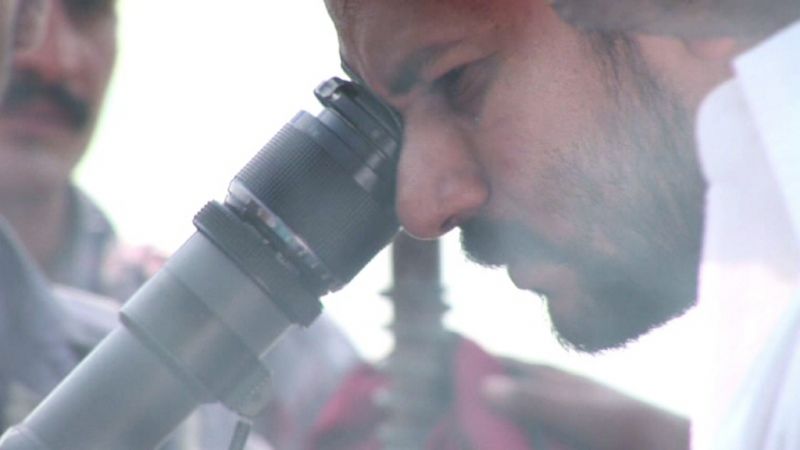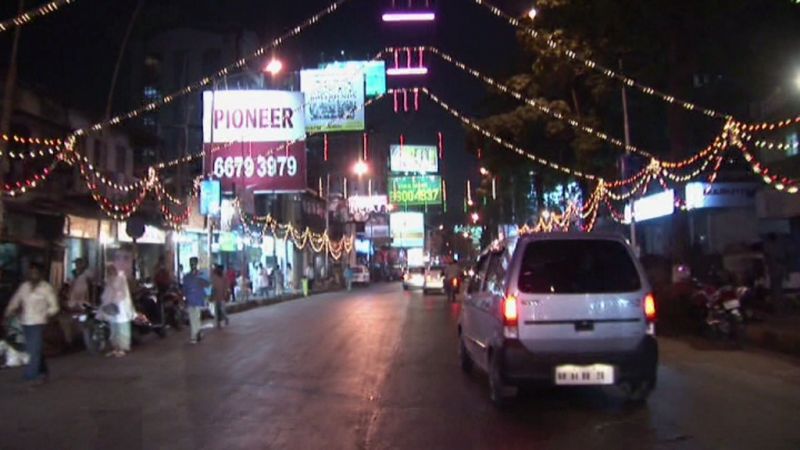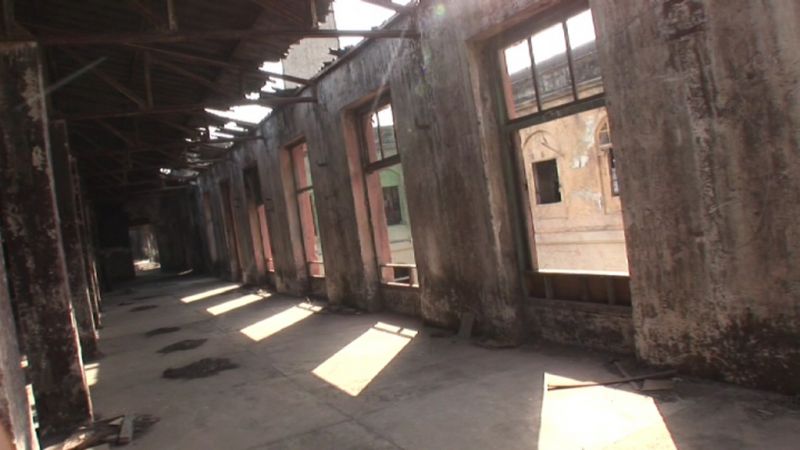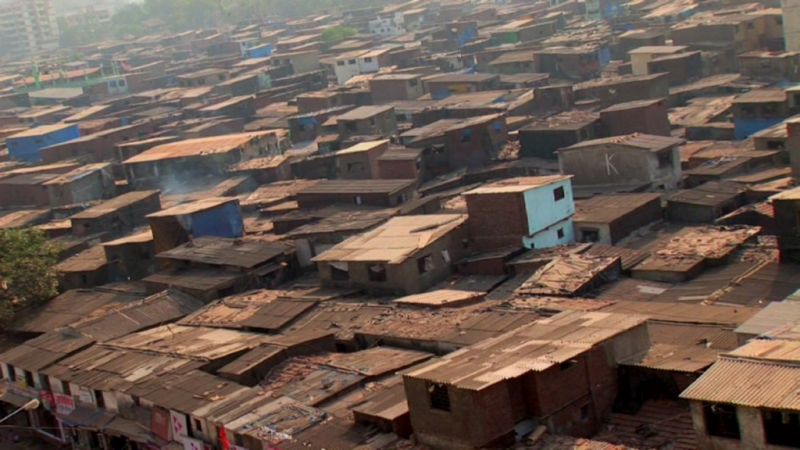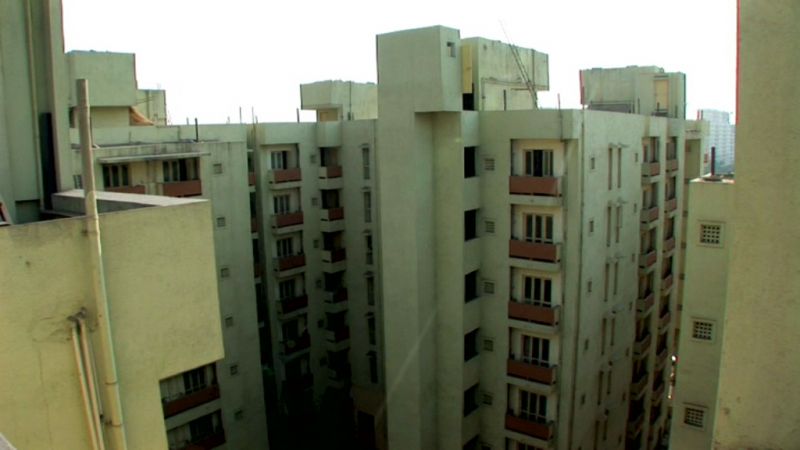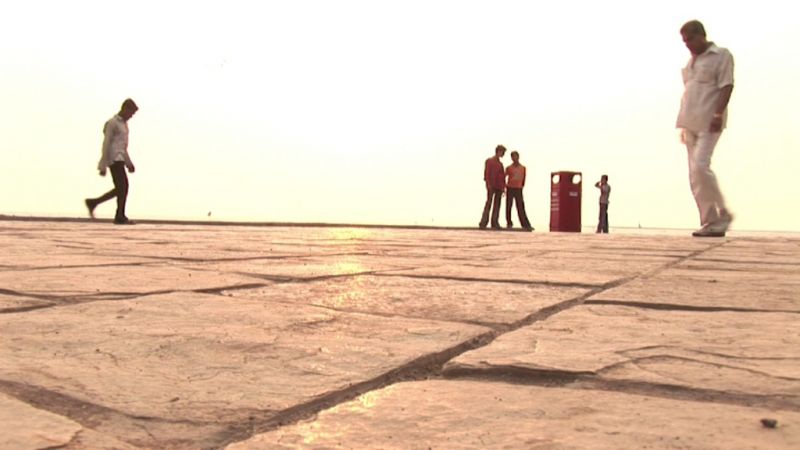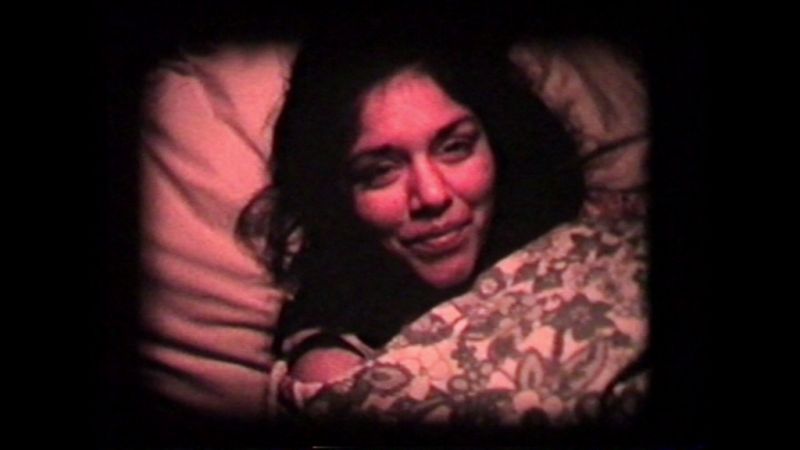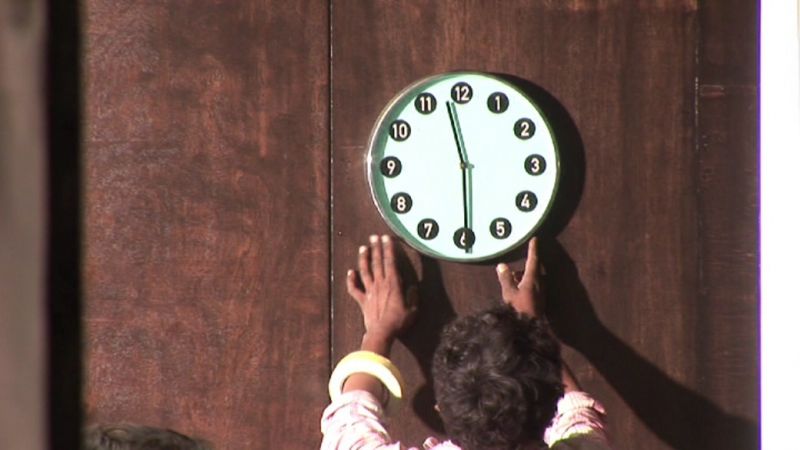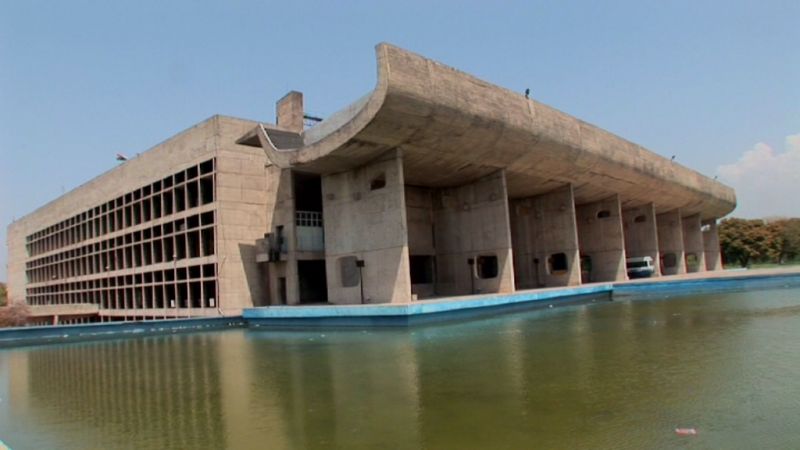Otolith II

Original format
Color
Color system
Languages
Availability
As in ’Otolith I’, the narrator in ’Otolith II’ is related to Anjalika Sagar, one of the founders of the Otolith Group. Here, she is looking back from a distant future, while a pressure "high enough to change coal into diamond" functions as a metaphor for the way in which cities will in the future be confronted with continuous population growth. The starting point for ’Otolith II’ was the archive of Anasuya Gyan-Chand, a feminist who in post-war India was also involved in transnational activism, who was also Anjalika Segar’s grandmother and one of the founders of the Otolith Group. Archive images showing delegations of Indian feminists are combined with historical and contemporary recordings of the Indian cities Mumbai and Chandigarh. Here, two visions of urbanity are combined: the modernism of Le Corbusier, who even made an attempt to plan sunlight, and Dharavi, a large slum in Mumbai whose structure could be a pre-reflection of the structure of future world cities. At the same time, ’Otolith II’ also shows an area of tension between material and immaterial production: recordings of deserted industrial sites are combined with those of a film set, and with recordings of manual work in the slums, which is a significant part of Mumbai’s economy. Temporal shifts between all these elements – a distant future, the images of Mumbai and Chandigarh, and the archive of Segar’s grandmother – invite reflections about the (im)possibility of modernist utopias living on. "Not only have modernist utopias seemingly met their end; the very imaginative power that once inspired them has also apparently dissipated", writes T.J. Demos about the film in an article he dedicated to the ’Otolith’ trilogy. "Nevertheless, the film constitutes an optimism, which resides in its ressurrection [sic] of erstwhile dreams of collective solidarity, utopian architecture, and emancipatory politics, which despite all indications to the contrary cast a shadow of dormant possibility on the present."

